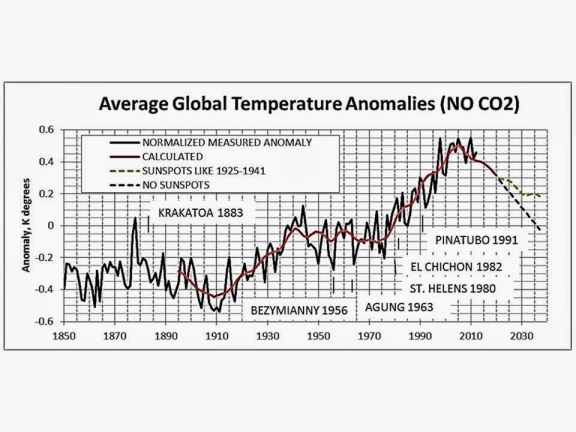Another volcanic eruption in Indonesia. The odds that the next volcanic eruption of intensity 5 or greater will occur in Indonesia must now be quite significant.
This time the eruption was at Sangeang Api.
VolcanoDiscovery: A major explosive eruption occurred at the remote volcano this morning at around 08:30 UTC. A subplinian eruption column quickly rose to an estimated 50-65,000 ft (15-20 km) altitude and drifted several hundred km to the east and southeast.
Ash fall was reported in areas up to 30 km downwind from the volcano.
Luckily, the island itself is largely uninhabited although visted by farmers who cultivate some land. Evacuations were ordered within 1.5 km radius from the volcano.
Seismic activity preceding the eruption, including a nearby magnitude 4.5 earthquake at 03:05 UTC, was reported felt in the nearby city of Bima (Sumbawa Island) and even on Flores.
Today’s explosion was the first at Sangeang Api volcano since its eruptions during 1997-99. Increased steaming and a number of earthquakes in recent years might have been precursors to today’s event.
It has now been 23 years since the eruption of a volcano with an eruption index of 5 or greater. Through the last century, intervals between VEI5+ eruptions were 7 years on average.
ktwop: During the 19th century there were volcano eruptions having a Volcanic Explosivity Index (VEI) of 5 or greater on average every 11 years. During the 20th century the average was 7 years with the greatest interval between VEI5 eruptions being 23 years. The last VEI5 eruption was in 1991 and now – 22 years on – a VEI5 eruption is overdue.
Mt. Pinatubo and Mt. Hudson (both VEI6) erupted in 1991.
For climate, the net effect of volcanic eruptions – especially those with large dust clouds and aerosol producing gas emissions – is usually of global cooling. We have seen a standstill (and a slight decline) in global temperatures even through this relatively long interval without a VEI5 eruption. The effects of the 1991 eruptions probably subsided around 1994. The effects of a single eruption on global temperature probably last 2 to 3 years. But any significant, single eruption may well be able to trigger a particular, semi-stable, climate regime. And when the next VEI5+ eruption does occur we are likely to see a more intensive global cooling regime.



